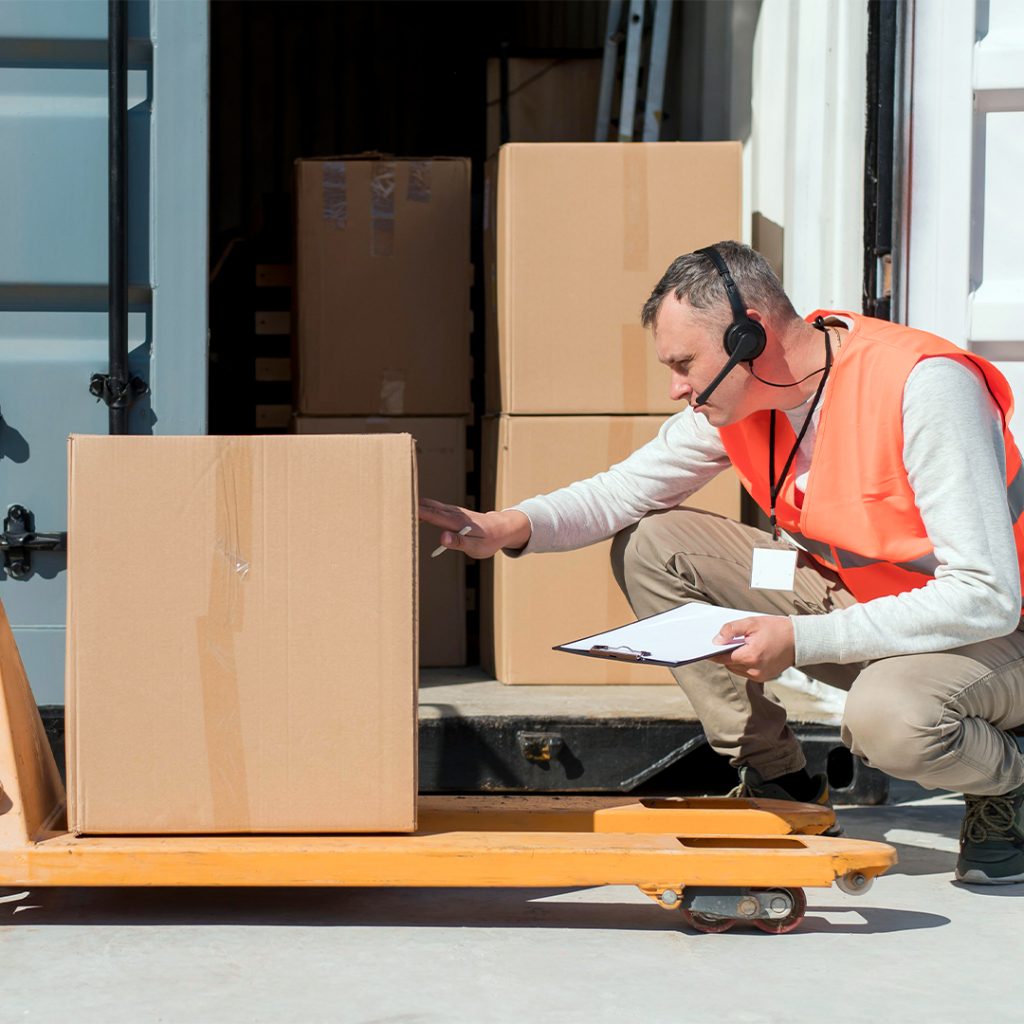Table of Contents
ToggleThe customs clearance process can make or break your logistics timeline when it comes to air freight in Dubai. Whether you’re importing or exporting goods, understanding the rules, regulations, and best practices for customs clearance in the UAE is essential for smooth operations. In this guide, we’ll break down the entire process and provide actionable tips for faster and more efficient clearance, ensuring you avoid delays and extra costs.
Freight Forwarders in UAE: The Key to Simplifying Air Freight
Freight forwarders in the UAE play an essential role in helping businesses navigate the complexities of customs clearance. Their deep understanding of local regulations and relationships with customs authorities can significantly expedite the clearance process.
Why Work with Freight Forwarders in the UAE?
- Expertise: Freight forwarders have up-to-date knowledge of UAE’s customs laws and documentation requirements.
- End-to-end Services: They handle every step of the process, from documentation preparation to liaising with customs officials.
- Problem-solving: With extensive experience, they can resolve unexpected issues that may arise during clearance, such as incorrect paperwork or classification problems.
Customs Documentation Required for Air Freight in Dubai
Correct documentation is crucial to avoid delays. For air freight in Dubai, having all the necessary paperwork ready can streamline the process.
Key Documents to Prepare:
- Airway Bill (AWB): The primary document for air freight that outlines shipping details.
- Commercial Invoice: Details the goods being transported, their value, and terms of sale.
- Packing List: Describes the goods, including weight, dimensions, and contents.
- Certificate of Origin: Shows where the goods were manufactured, which is vital for tariff assessments.
- Import/Export Declaration: Required by UAE Customs to approve shipments.
- Letter of Credit (if applicable): Used to ensure the transaction between the buyer and seller is completed.
Pro Tip: Ensure all documents are error-free and fully aligned with UAE customs requirements to avoid delays.
Steps to Efficient Customs Clearance for Air Freight in Dubai
A smooth customs clearance process requires attention to detail at every stage. Here’s a step-by-step breakdown:
- Pre-clearance Preparation:
- Make sure all documentation is complete and error-free.
- Ensure all goods are appropriately classified based on UAE customs standards.
- Submission of Documentation:
- Submit required documents electronically via the Dubai Trade Portal, which connects businesses with Dubai Customs.
- Freight forwarders often take care of this for you.
- Customs Inspection:
- Depending on the nature of goods, customs may conduct an inspection to verify the shipment contents.
- Use freight forwarders to expedite this process by ensuring all documentation aligns with the actual shipment.
- Duty Payments:
- UAE customs duties vary based on the type and origin of goods. Ensure timely payment to prevent delays.
- Release and Delivery:
- Once cleared, goods are released for delivery. Freight forwarders can handle transportation to the final destination, ensuring a seamless logistics chain.
Common Challenges in Customs Clearance for Air Freight in Dubai
Advances in technology are transforming the air freight and customs clearance process in Dubai.
Dubai Customs’ E-clearance System
Dubai’s customs authority has introduced an e-clearance system to streamline the process. This system allows for:
- Online submission of documents
- Real-time tracking of shipments
- Automated duty calculations
This digital transformation is one of the reasons Dubai remains a global leader in logistics.
Tips for Faster Customs Clearance for Air Freight in Dubai
1. Use a Trusted Freight Forwarder
Freight forwarders in UAE have the expertise to handle clearance efficiently. They can also help you prepare all necessary documents and expedite the process with customs authorities.
2. Prepare Documents in Advance
Ensure all required documents are prepared and verified before the shipment arrives. Missing paperwork can lead to delays.
3. Classify Goods Correctly
Proper classification of goods according to the UAE’s Harmonized System (HS) codes will ensure smoother processing.
4. Stay Updated on Local Regulations
UAE customs regulations can change frequently, so staying informed is critical to avoiding compliance issues.
5. Monitor Shipment Status
Utilize online platforms to track the progress of your shipment in real-time, ensuring you are aware of any potential issues immediately.
Conclusion
Successfully navigating customs clearance for air freight in Dubai requires careful planning and attention to detail. Whether you’re a small business or a multinational corporation, working with experienced freight forwarders in the UAE and being well-prepared can help you avoid costly delays and ensure your goods move smoothly through the process.
By leveraging the tips outlined in this guide and staying informed of the latest developments in UAE customs regulations, you can optimize your logistics operations and reduce the risk of delays or penalties.
